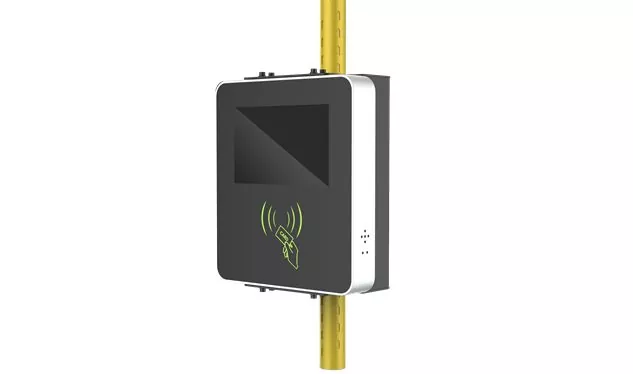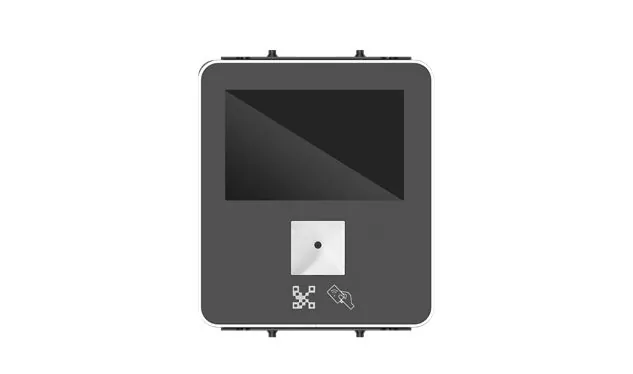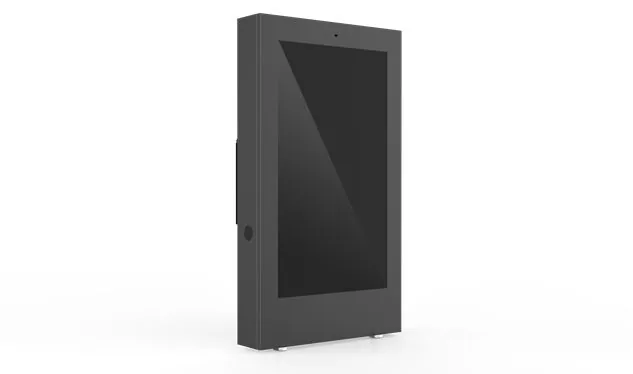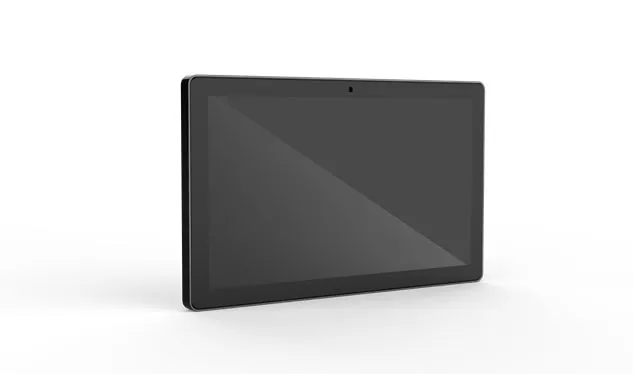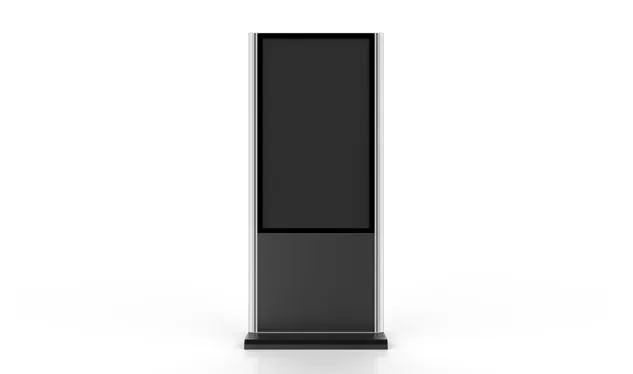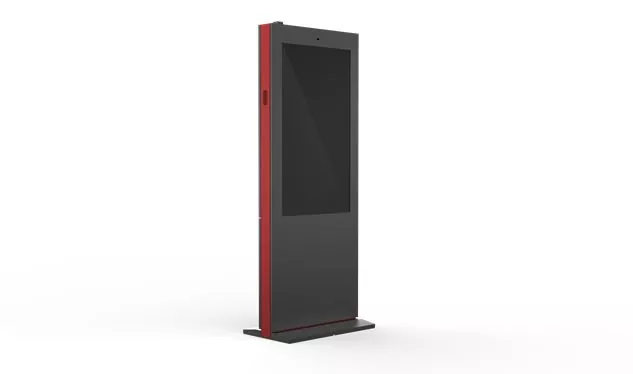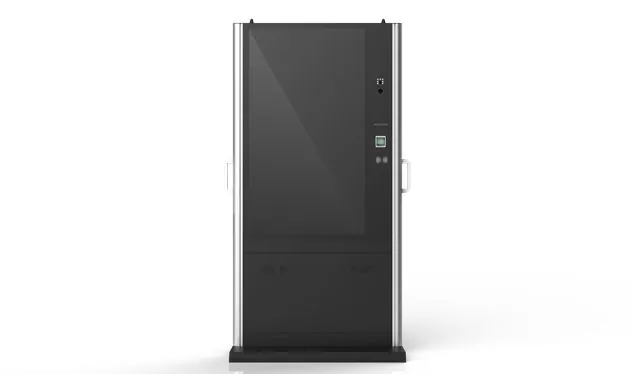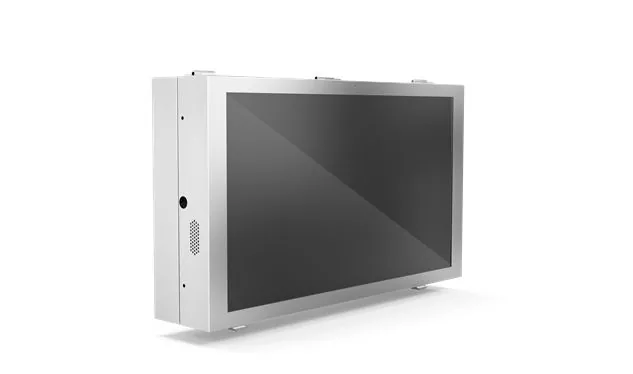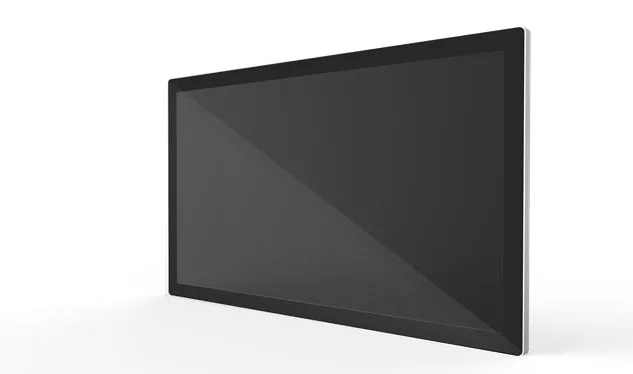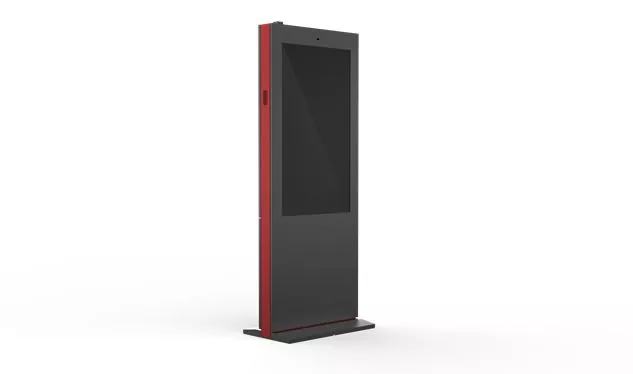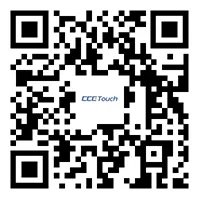Touchscreen Information Kiosk
A touchscreen information kiosk is a versatile, self-service terminal equipped with an interactive touchscreen display, designed to provide users with easy access to information and various services. These kiosks are widely used in a range of settings such as shopping malls, airports, corporate offices, hotels, and public spaces, offering a user-friendly interface that helps streamline communication and improve customer engagement.
Send Inquiry
Touchscreen information kiosks are designed to facilitate efficient information dissemination, allowing users to navigate through menus, access data, or perform specific tasks without the need for assistance. They are typically connected to a network or back-end system, enabling real-time updates and customization of content.
Key Features:
1. Interactive Touchscreen Display:
● Touch Technology: Commonly uses capacitive or resistive touch technology, which supports multi-touch gestures and provides a responsive user experience.
● High-Resolution Display: Offers clear, bright, and high-definition visuals, making text, images, and videos easily readable.
2. Customizable User Interface:
● User-Friendly Design: The interface is designed to be intuitive, with clear navigation options, large icons, and easy-to-read fonts to accommodate users of all ages and abilities.
● Multi-Language Support: Often supports multiple languages, catering to diverse user groups, especially in public and tourist-heavy locations.
3. Connectivity and Integration:
● Network Options: Equipped with Wi-Fi, Ethernet, or cellular connectivity, allowing for real-time data updates and integration with various information management systems.
● System Integration: Can be integrated with content management systems (CMS), databases, and other digital services to provide dynamic, relevant content.
4. Content Management and Remote Updating:
● Dynamic Content: The content displayed on the kiosks can be remotely managed, allowing for quick updates, schedule changes, or new information uploads without on-site intervention.
● Interactive Features: Supports interactive features like maps, directories, event calendars, promotional content, and more.
5. Security Features:
● Secure Enclosures: Designed to be tamper-resistant with robust housing and secure access panels to protect internal components.
● Data Security: Includes secure data handling protocols to protect sensitive information, especially when used for services like payments or user logins.
6. Additional Functionalities:
● Peripherals: Can be equipped with printers, scanners, payment terminals, cameras, and other peripherals depending on the application.
Accessibility Options: Designed with features like adjustable height, voice assistance, and touch sensitivity adjustments to accommodate users with disabilities.
Applications:
1. Retail and Shopping Malls:
● Function: Used for product information, store directories, promotions, and digital signage. Helps guide customers to specific locations within the mall or store.
● Benefit: Enhances the shopping experience by providing customers with instant access to information.
2. Transportation Hubs:
● Function: Deployed in airports, train stations, and bus terminals for ticketing, schedules, wayfinding, and traveler information.
● Benefit: Reduces wait times and improves passenger flow by providing quick access to critical travel information.
3. Corporate and Office Buildings:
● Function: Serves as digital directories, meeting room schedulers, and visitor check-in systems.
● Benefit: Streamlines operations and enhances visitor experience in corporate environments.
4. Healthcare Facilities:
● Function: Used for patient check-ins, wayfinding, appointment scheduling, and information on healthcare services.
● Benefit: Improves patient flow and reduces administrative burden on staff.
5. Tourism and Hospitality:
● Function: Provides information on local attractions, maps, event schedules, and booking services in hotels and public areas.
● Benefit: Enhances guest experience by offering personalized information and easy access to services.
6. Government Services:
● Function: Deployed in government offices and public spaces to offer services like form submissions, information on public services, and appointment scheduling.
● Benefit: Provides citizens with quick access to government resources without the need for in-person assistance.
7. Education Institutions:
● Function: Used in schools and universities for campus navigation, event announcements, and access to educational resources.
● Benefit: Enhances the educational environment by providing students and visitors with instant access to important information.
Advantages of Touchscreen Information Kiosks:
· User Engagement: Engages users through interactive content, enhancing their overall experience.
· Efficiency: Reduces the need for human staff, cuts down on waiting times, and provides information instantly.
· Scalability: Easily scalable for various applications, from a single location to multiple sites across different environments.
· Cost-Effective: Lowers operational costs by automating information delivery and service provision.
· 24/7 Accessibility: Offers constant access to information and services, making it convenient for users at any time.
Touchscreen information kiosks are essential tools in modern digital communication, offering interactive, user-friendly solutions for delivering information and services across a multitude of industries.



